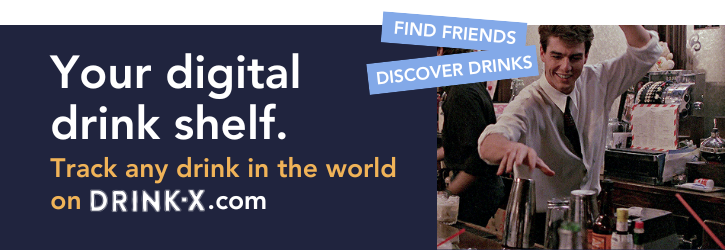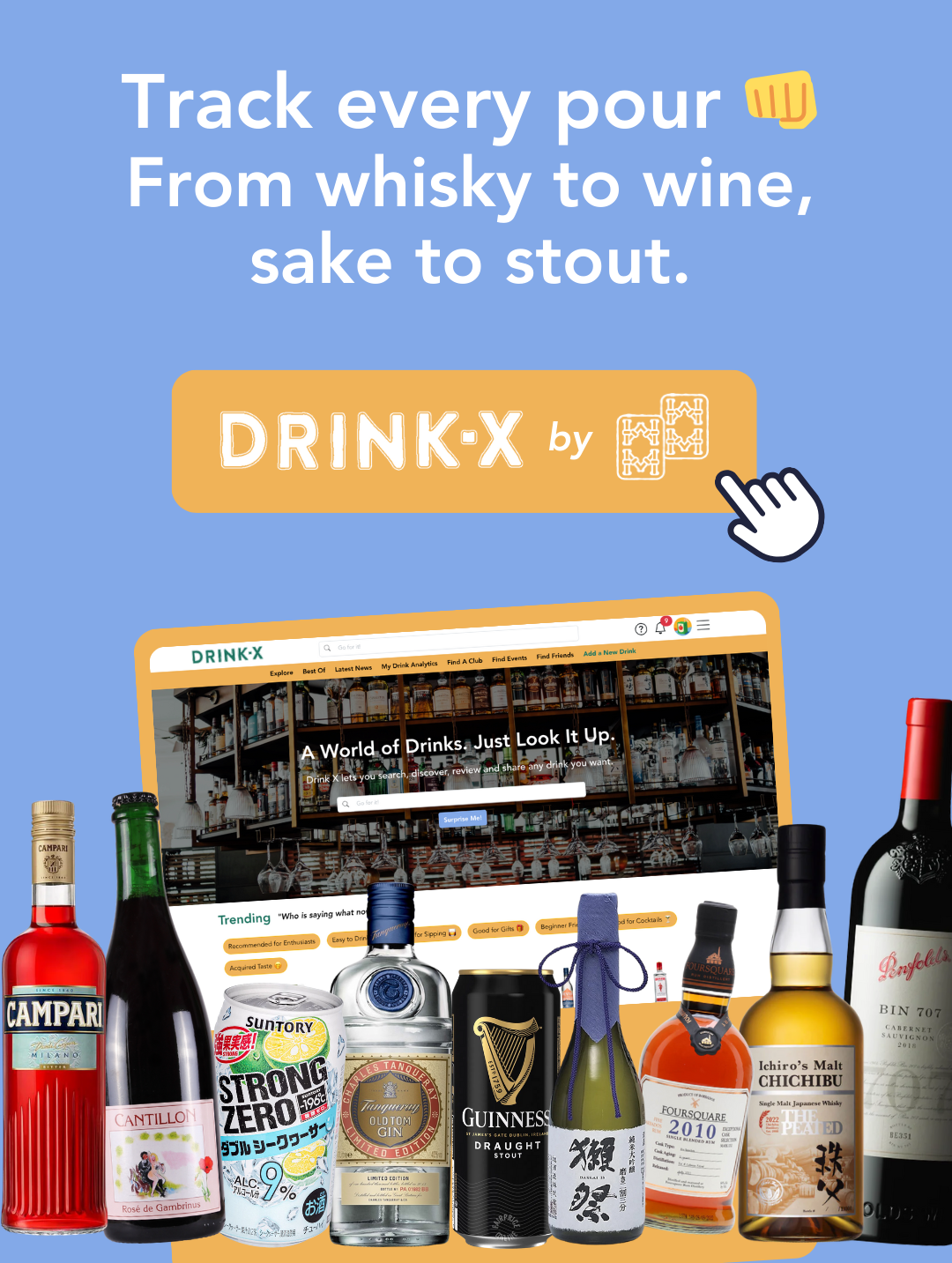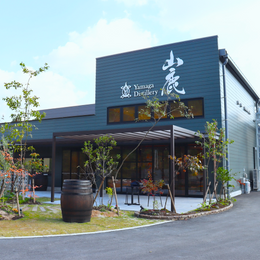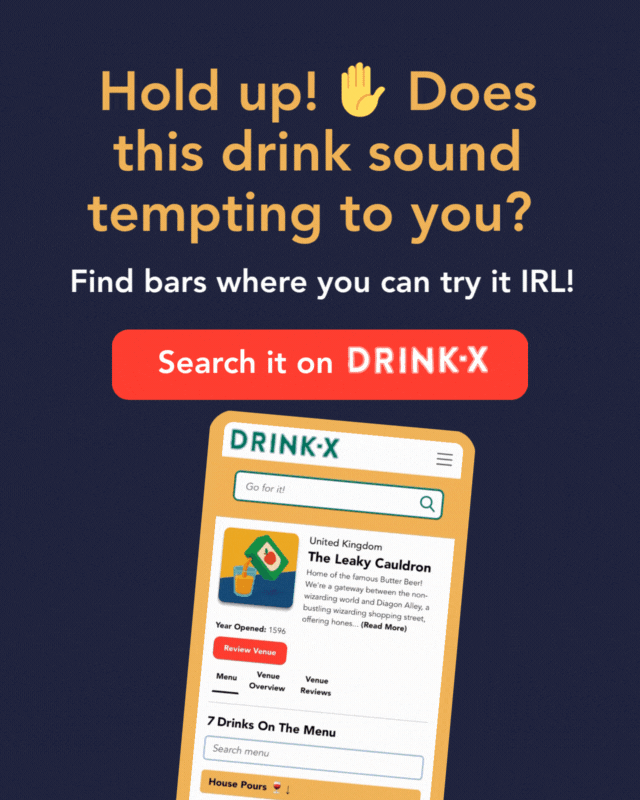Distillery Spotlight: Foursquare Rum Distillery
Region: St Philip, Barbados, The Caribbean

When one thinks of the Caribbean island of Barbados, its iconic export springs to mind. A Barbadian sensation that captured the hearts of party goers worldwide, with an unmistakable allure and inimitable flavour and style. The one and only Rihanna calls Barbados her hometown. But long before the pop star graced the world stage - a couple hundred years ago, the tiny Caribbean nation just 1/3 the size of Hong Kong is already known for another gift to the world of universal charm and ability to intoxicate. Barbados is the birthplace of rum.

Explorers discovered the island in the early 1600s, and promptly introduced sugarcane farming. A byproduct of sugar production from cane was an abundance of a sweet, glue-like substance called molasses. Barbadian sugar estate owners began to experiment with fermenting and brewing this substance, then distilling it. As a result, the first recorded mention of rum was in Barbados, in 1650. From that place, rum-making practices spread across the Caribbean and the wider world. But the sun-kissed island of Barbados continues to be remembered as the birthplace and spiritual home of this beloved spirit.

For centuries after the first rum was made, Barbadian distillers honed their craft, refining their techniques and adopting innovations such as Scottish pot stills and column stills. This dedication to quality earned Barbados rum a reputation as a high-quality spirit in the 1700s – 1800s, especially amongst sailors of the Royal British Navy. Yet despite the dedication of rum’s early stewards, rum in more modern times would face an uphill battle for recognition and respect among spirits connoisseurs.
Up until the 2010s, rum came to be overlooked by dedicated drinks buffs in favour of more “prestigious” spirits like whisky and brandy. It was regarded suitable for cocktails or as spiced liqueurs but rarely enjoyed by itself. One issue identified by enthusiasts was that rum producers themselves did not always take their spirit seriously. The industry was plagued by a lack of standardised labeling practices and lack of enforced standards of identity.

Misleading or ambiguous information on rum labels was commonplace amongst major producers. A bottle of Ron Zacapa may be labeled as “23 Years” when it contained some proportion of 6-year-old rum. Less authentic rum makers could doctor their spirits by adding additives of sugar or glycerin post-distillation in order to conceal faults and enhance mouthfeel.
These frustrating practices in the rum world made it difficult for consumers to trust the quality and authenticity of the rums they encountered, perpetuating the notion that rum was not worthy of appreciation in the same way that whiskies and brandies were.
Richard Seale’s mission and activism

It seems only fitting that a young rum distillery from Barbados, the birthplace of this storied spirit, would rise to the challenge faced by authentic rum-makers. It swam against the rum industry’s tide and sought to be part of the solution of restoring the reputation of Caribbean rum. Enter Foursquare Rum Distillery and its visionary founder, Richard Seale.

In the centuries-old world of spirits, Foursquare Distillery is a comparatively young entrant that came onto the scene in 1996. Foursquare’s goal was to make quality rum using traditional methods, and without “doctoring” their rums. It also looks to bring spirits enthusiasts back to rum, which Seale confidently argues, has “superior taste” to whiskies or brandies. A tough sell at the time!
But it was the 21st century, and rum now has a unique advantage that whisky and brandy did not possess during their early days: the Internet and social media. Seale leveraged these tools to champion the cause of transparency and quality in the rum industry. He first rose to prominence through a series of “open letters” and snarky remarks he wrote on Twitter and Facebook. An ongoing theme through these social media missives has been a call for better practices in the rum industry.

Seale’s passion for authenticity and transparency was unmistakable, and his activism for transparency extended beyond the online space. Seale would even attend rum festivals with his hand-held alcohol density meter, offering to show other participants the extent of additives surreptitiously added to his competitors' rums.

Lobbying for greater regulations

It may be difficult to imagine a world where businesses call on governments to impose more stringent standards on themselves. But when you run a business that does things right, better standards can offer you a competitive advantage.
In more recent years, Richard Seale also became a prominent advocate for Geographical Indication (GI) protection for Barbados rum, on the basis that inferiorly made rums should not be labelled as such.
Under Seale, Foursquare rallied other rum producers in Barbados, lobbying the Government of Barbados to develop such requirements for their export. Imposing such a requirement would require all producers labelling their rums as a “Barbados Rum” to meet quality standards like using only Barbados water, only aging their rums in Barbados (and not in Europe, for instance) and eschewing added sugar or flavourings.
Hilariously (but frustratingly for Seale, we should say), the GI debate has been ongoing for at least three years by now, with the Bajan government refusing to pass the proposed law unless all major rum distillers have come to an agreement on the exact requirements. While three of four Bajan distilleries – Foursquare, Mount Gay and St Nicholas Abbey have agreed on a proposal, talks have stalled as the remaining fourth West Indies Rum Distillery opposes the requirement for their rums to have been exclusively aged in Barbados.

But the popular narratives of Foursquare’s rise get too carried away with Richard Seale’s impassioned rants and activism. The true forces of Foursquare’s rise are its consistently well-regarded rum bottlings and its collaborations with rum bottler Velier SpA (see how Velier also helped discover the iconic Hampden rum from Jamaica).
The rise of Foursquare

The Exceptional Cask Selection (ECS) series of Foursquare rums were first released in 2008, and it quickly became an exemplar of some of the finest rums Barbados could produce. Interestingly, there is a wide gap between the first release in 2008 (Mark I “1998 Vintage”) and second release in 2014 (Mark II “Port Cask Finish”). This was speculated as a sign that Foursquare was testing the waters of the market after Mark I and contemplating the direction of its future releases.
It was not until the cask strength “Mark III 2004" bottling released in 2015, in particular, that demonstrated that Foursquare was changing the rum game. This was an 11-year-old ex-bourbon cask made from a blend of pot still and column still distillates. The reception of Mark III was highly positive at the time, and spirits drinkers who enjoyed cask strength whiskies began to take notice of the ECS for its depth and wood influence – a familiar ground for cask strength bourbon enthusiasts.
What’s impressive was that Foursquare has continued to raise standards. Each subsequent release of the ECS series continued to become “rummier” than the previous, and continued to showcase Foursquare's innovation with various cask finishes and commitment to quality.

It was now the mid-2010s, and Foursquare was still an emerging force, albeit a promising one. But at this point, Italian spirits bottler Velier SpA under Luca Gargano had already established a reputation amongst the cognoscenti for discerning cask selection with many Velier bottlings fetching ever-growing prices in the secondary market. Just like how record-label companies discover highly talented artists who were poised for greatness and ready to make their mark on the industry, in 2016, Velier and Foursquare unveiled their first collaborated bottling amid the bubbling hype of rum enthusiasts.

The red-labelled Foursquare 2006 Single Blended Rum with Velier sold out within minutes of release, and it also lived up to the hype when tasted – complex cocktail of caramel, apricots, butter, honey… While preferences are always subjective, a large number of enthusiasts claim this was some of the best rums they had tasted. So overwhelmed were some American whiskey enthusiasts that this bottling compelled comparison with the legendary Pappy Van Winkle bourbon.
Subsequent Foursquare's co-bottlings with Velier further cemented Foursquare’s status as a producer of exceptional rums. On the back of the Foursquare-Velier 2006, the duo released the Triptych expression which also impressed drinkers. The partnership flourished, with each release showcasing Foursquare's mastery of traditional production techniques, commitment to transparency, and dedication to crafting high-quality spirits.

In addition to the coveted Exceptional Cask Selection and Velier co-bottlings, Foursquare’s successes with these exceptional releases helped to garner attention for a range of mass market brands under its company’s portfolio, including Doorly's, Rum Sixty Six, and R.L. Seale's. These widely available rums provide consumers with a taste of Foursquare at more accessible price points.
Through Richard Seale's tireless advocacy for transparency, Foursquare's exceptional rum offerings, and strategic collaborations with industry partners like Velier, Foursquare Rum Distillery has played a pivotal role in transforming the perception of rum in the spirits world. Today, Barbadian rum is celebrated for its quality and commitment to tradition, thanks in no small part to the efforts of Foursquare Distillery and its great collaborators.

Authentic Barbadian rum at Foursquare
Foursquare Distillery is considered one of the most advanced and well-equipped distilleries in the Carribean. Rums here are typically made from a blend of distillates made from different stills. Traditional pot stills are used to make a heavier rum distillate, while a three-column vacuum still is used for a lighter rum distillate.


Foursquare’s house style is to age its rums in small American white oak ex-Bourbon casks, most of which are sourced from a bourbon distillery in Lynchburg, Tennessee. It is also common for Foursquare to tinker with some other cask styles such as Port Pipes, Cognac, Zinfandel, to name a few.
The casks are then aged in a large warehouse on Foursquare estate for the entire duration.

Interestingly, while many people – myself included – have thought of rums as 100% made from molasses, or 100% made from pure cane juice, this had not always been the case in the past. After a visit to Hampden Estate, famous for preserving rum-making practices from the 18th century, Seale was also inspired to employ 100-year-old Barbadian rum making methods. For this reason, Foursquare Distillery became the first Barbadian distillery in over a century to return to old tradition, and uses both molasses and fresh cane juice to make its rums.

Recommended Expressions
Entry Level and Mid-range
It may be slightly confusing at the beginning, but Foursquare releases its core range mass-market rums under a series of different names, which include Doorly’s (a cute macaw perches by the label), Rum Sixty Six, and R.L. Seale's (the black bottle with a tilted neck). All of these core range bottlings offer great value and quality, each with a noticeably distinct twist to the base rum character.
The Doorly’s range with its iconic macaw labels is Foursquare’s bestseller.

Closer to the mid-range, but still priced at very affordable levels would be Foursquare’s Exceptional Cask Selection or better known as the “ECS” range. Drinkers look for 3 things in every ECS expression. They are often a full-flavoured cask strength ABV close to 60% and also explore less common cask styles (sherry, Port, Zinfandel, Madeira or Cognac, to name a few). ECS bottles also come with a free Englsih vocab lesson, usually with old-school big English words like CRITERION, DOMINUS, NOBILIARY, INDELIBLE, DIADEM, SHIBBOLETH, SAGACITY as if intended as a sobriety test to inform you to stop drinking once you forget the meaning of the word.

And of course, there are some fantastic Foursquares being bottled by bottlers closer to home the likes of Malt, Grain & Cane and Miles Whisky Bar which we had the privilege to enjoy.
Some of our favourite expressions include (in no ranking order):
- Foursquare ECS Isonomy
- Foursquare ECS Redoubtable (read our contributor’s review here)
- Foursquare ECS 2007
- Foursquare ECS Détente
- Foursquare Indonesia Exclusive bottled by Malt, Grain & Cane & Miles Whisky Bar (read our review here)
- Foursquare Fortitude bottled by Man and Dram (read our review here)
- Foursquare Golden Age of Piracy bottled by Distilia (read our review here)
Top Shelf

Foursquare presented in the iconic Velier black bottlings tend to be very rich in flavour and well-regarded. They are bottled in smaller batches and are rarer, also tending to be highly coveted as collector’s items.
Some of our favourites include:
- Foursquare Sassafras bottled by Velier
- Foursquare 2006 Single Blended Rum bottled by Velier
- Foursquare Triptych bottled by Velier
- Foursquare Destino bottled by Velier (read our contributor’s review here)

@CharsiuCharlie






